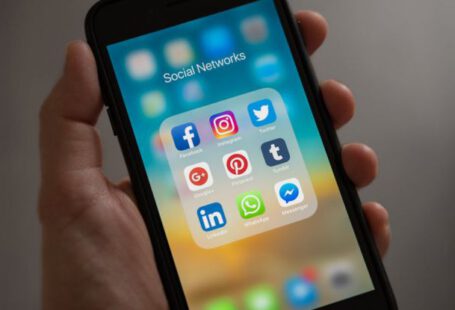Gamification has emerged as a popular trend in education, aiming to enhance the learning experience by integrating game elements into educational activities. The concept of gamification involves applying game design principles and mechanics to non-game contexts to engage and motivate learners. With the increasing use of technology in education, gamification has gained traction as a tool to make learning more interactive and enjoyable. But the question remains, does gamification truly improve the learning experience?
Engagement and Motivation
One of the key benefits of gamification in education is its ability to boost student engagement and motivation. By incorporating elements such as points, badges, leaderboards, and rewards into learning tasks, gamification provides instant feedback and a sense of accomplishment, encouraging students to actively participate and progress through the material. This immediate feedback loop can help students stay motivated and focused on their learning goals, leading to increased retention and understanding of the content.
Personalized Learning
Another advantage of gamification is its potential to support personalized learning experiences. Games can adapt to individual student needs and preferences, allowing learners to progress at their own pace and receive targeted feedback based on their performance. This personalized approach can cater to diverse learning styles and abilities, making the learning process more engaging and effective for each student. By tailoring the educational content to the individual needs of learners, gamification can help create a more inclusive and supportive learning environment.
Skill Development
Gamification can also aid in the development of essential skills such as critical thinking, problem-solving, collaboration, and decision-making. By presenting learning material in a game-like format, students are encouraged to think creatively, experiment with different strategies, and work collaboratively with their peers to achieve common goals. These skills are not only valuable in academic settings but also in real-world scenarios, preparing students for future challenges and opportunities. Through gamified activities, students can practice and refine these skills in a fun and engaging way, enhancing their overall learning experience.
Feedback and Progress Tracking
One of the strengths of gamification is its ability to provide real-time feedback and track student progress effectively. By monitoring student performance and engagement levels, educators can gain insights into individual learning patterns and areas for improvement. This data-driven approach allows teachers to adapt their teaching strategies and interventions to better support student learning outcomes. Additionally, the use of progress indicators and visual cues in gamified systems can help students set goals, track their achievements, and reflect on their learning journey, fostering a sense of ownership and responsibility for their academic progress.
Enhanced Collaboration and Social Learning
Gamification can promote collaboration and social learning among students by creating opportunities for teamwork, competition, and shared experiences. Through multiplayer games, group challenges, and interactive simulations, students can work together, communicate effectively, and learn from each other’s perspectives. This collaborative environment not only enhances the learning process but also fosters a sense of community and belonging within the classroom. By integrating social elements into educational games, gamification can encourage peer interaction, support networking, and build strong relationships among students.
In conclusion, gamification has the potential to significantly improve the learning experience by enhancing engagement, personalization, skill development, feedback mechanisms, and social interaction. By leveraging game elements and principles in educational contexts, educators can create dynamic and interactive learning environments that motivate students, support individualized learning needs, and foster the development of essential skills. While gamification is not a one-size-fits-all solution and requires thoughtful implementation and alignment with learning objectives, when used effectively, it can be a valuable tool for transforming traditional teaching practices and enhancing student outcomes.





